Home>Gardening & Outdoor>Landscaping Ideas>How To Design A Garden Bed
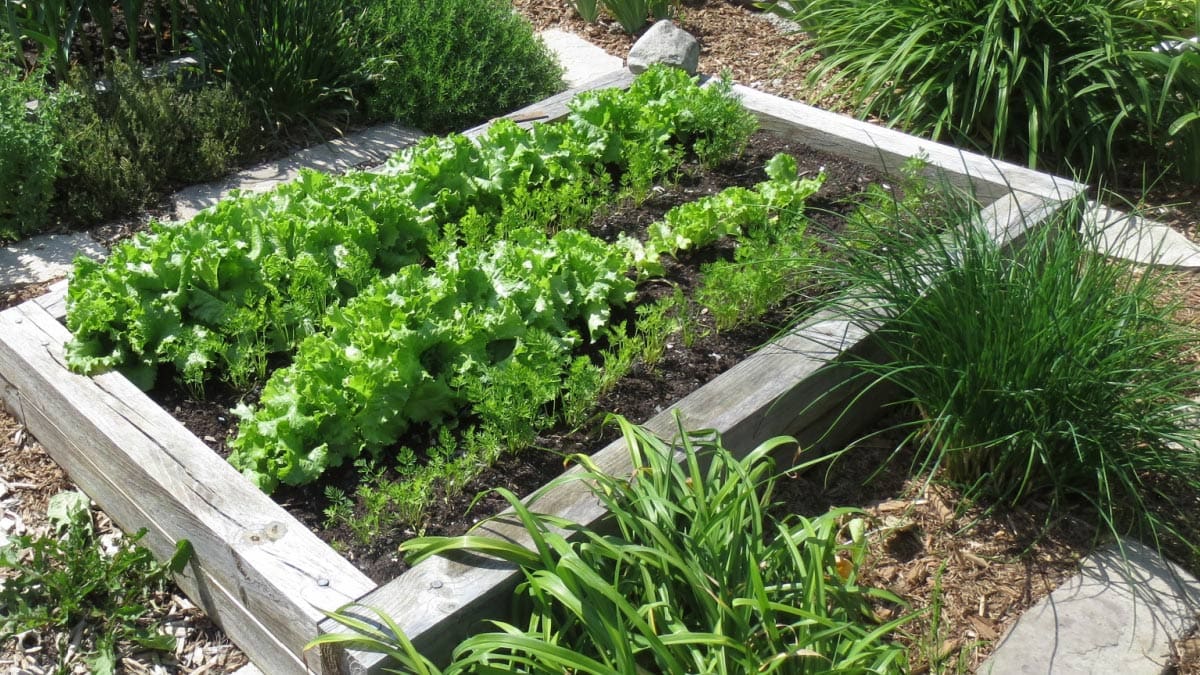

Landscaping Ideas
How To Design A Garden Bed
Published: February 1, 2024
Learn how to design a beautiful garden bed with our expert landscaping ideas. Create a stunning outdoor space with our step-by-step guide.
(Many of the links in this article redirect to a specific reviewed product. Your purchase of these products through affiliate links helps to generate commission for Storables.com, at no extra cost. Learn more)
Introduction
Designing a garden bed is an exciting and rewarding endeavor that allows you to unleash your creativity while enhancing the beauty of your outdoor space. Whether you're a seasoned gardener or a novice enthusiast, creating a stunning garden bed can breathe new life into your landscape and provide a tranquil retreat right in your own backyard.
A well-designed garden bed can serve as a focal point, adding visual interest and charm to your overall landscape. It can also attract beneficial insects and wildlife, contributing to a thriving ecosystem. Furthermore, a thoughtfully designed garden bed can provide a bountiful harvest of fruits, vegetables, or herbs, adding a delightful touch of freshness to your culinary creations.
In this comprehensive guide, we will explore the step-by-step process of designing a garden bed that suits your preferences and complements your outdoor environment. From assessing the space and selecting the right plants to preparing the soil and ongoing maintenance, each stage plays a crucial role in the success of your garden bed.
By following these expert tips and insights, you'll be equipped with the knowledge and inspiration to transform your outdoor space into a vibrant and flourishing oasis. So, roll up your sleeves, grab your gardening tools, and let's embark on this fulfilling journey of creating a captivating garden bed that will be the envy of your neighborhood.
Key Takeaways:
- Designing a garden bed involves assessing the space, choosing the right plants, creating a layout, preparing the soil, and ongoing maintenance. It’s a creative journey that transforms outdoor spaces into vibrant oases.
- By carefully selecting plants, designing layouts, and nurturing the garden bed, you can create a thriving ecosystem that teems with life and natural beauty. It’s a rewarding process that connects you with nature and nourishes the soul.
Read more: How To Start A Raised Bed Garden
Step 1: Assessing the Space
Before diving into the design of your garden bed, it's essential to thoroughly assess the space where it will be located. This initial step sets the foundation for a successful and harmonious garden bed that aligns with the natural elements of your outdoor environment.
Begin by observing the sunlight patterns in the area. Take note of how the sun moves across the space throughout the day. This will help you determine which areas receive full sun, partial sun, or shade. Understanding the sunlight exposure is crucial for selecting plants that thrive in specific light conditions.
Next, consider the soil quality. Take a closer look at the soil texture, drainage, and nutrient levels. Is the soil sandy, loamy, or clay-like? Does it drain well or retain water? Assessing the soil will guide you in choosing plants that are well-suited to the existing soil conditions or in making necessary amendments to improve the soil quality.
Furthermore, evaluate the existing landscape and hardscape elements. Identify any trees, shrubs, or structures that may impact the garden bed. Consider the proximity to existing plants and structures to ensure that the garden bed complements the overall layout of your outdoor space.
Additionally, take into account the microclimates within the area. Certain spots may be more sheltered or exposed to wind, which can influence plant selection and placement. Understanding these microclimates will help you create a garden bed that thrives in its specific location.
Lastly, assess the aesthetic and functional aspects of the space. Consider the visual impact you want the garden bed to have and how it will integrate with the surrounding landscape. Also, think about the practical aspects, such as access to water sources and the proximity to frequently used areas.
By thoroughly assessing the space, you'll gain valuable insights that will inform the design and plant selection for your garden bed. This thoughtful approach sets the stage for a garden bed that not only flourishes but also seamlessly integrates with the natural characteristics of your outdoor environment.
Step 2: Choosing the Right Plants
Selecting the right plants is a pivotal aspect of designing a garden bed that thrives and delights the senses. When choosing plants, it's essential to consider various factors, including the local climate, soil conditions, sunlight exposure, and the overall aesthetic you wish to achieve. Here's a detailed exploration of the key considerations when choosing the right plants for your garden bed:
Climate Compatibility
Begin by identifying plants that are well-suited to your local climate. Consider the average temperature range, frost dates, and any specific climatic challenges in your region. Choose plants that are known to thrive in your climate zone, ensuring they can withstand the seasonal variations and weather patterns unique to your area.
Soil Preferences
Different plants have specific soil preferences, so it's crucial to select species that align with the existing soil conditions or to amend the soil as needed. Some plants thrive in well-draining sandy soil, while others prefer the moisture-retentive qualities of loamy soil. Understanding the soil preferences of your chosen plants is essential for their long-term health and vitality.
Read more: Why A Raised Garden Bed
Sunlight Requirements
Take into account the sunlight exposure in your garden bed area when selecting plants. Some plants flourish in full sun, requiring at least six hours of direct sunlight per day, while others thrive in partial sun or shade. By matching the sunlight requirements of plants with the available light in your garden bed, you can ensure their optimal growth and flowering potential.
Height and Spread
Consider the mature height and spread of the plants to ensure they fit harmoniously within the garden bed. Taller plants can serve as striking focal points or provide vertical interest, while lower-growing species can create a lush ground cover. By strategically arranging plants based on their height and spread, you can achieve a balanced and visually appealing composition.
Color and Texture
Delight the senses and create visual interest by incorporating a diverse range of colors and textures in your plant selection. Consider the bloom colors, foliage variations, and the seasonal interest of each plant. By combining complementary or contrasting colors and textures, you can craft a garden bed that offers year-round visual appeal and captivating diversity.
Native and Adaptive Plants
Exploring native plant species and adaptive varieties can offer numerous benefits for your garden bed. Native plants are well-adapted to the local ecosystem, requiring minimal maintenance and supporting local wildlife. Adaptive plants, on the other hand, are non-native species that have demonstrated resilience and suitability to the local climate and soil conditions.
Personal Preferences
Lastly, consider your personal preferences and the overall theme or style you envision for your garden bed. Whether you prefer a cottage garden brimming with vibrant blooms, a serene Japanese-inspired arrangement, or a functional edible garden, aligning your plant selection with your preferences will ensure that your garden bed reflects your unique taste and vision.
By carefully considering these factors and selecting plants that harmonize with the natural elements of your outdoor space, you can create a captivating garden bed that flourishes with vitality and beauty. The thoughtful selection of plants is a cornerstone of a successful garden bed design, offering a tapestry of colors, textures, and fragrances that enrich your outdoor environment.
Step 3: Designing the Layout
Designing the layout of your garden bed is akin to painting a masterpiece on nature's canvas. It involves orchestrating the placement of plants, pathways, and focal points to create a visually captivating and harmonious composition. The layout not only influences the aesthetic appeal of the garden bed but also contributes to its functionality and overall coherence within the landscape.
Consider the Flow and Focal Points
Begin by envisioning the flow of the garden bed. Think about how you want the eye to move through the space and where you want to create focal points. Focal points can be created using tall plants, ornamental structures, or eye-catching features such as sculptures or water elements. By strategically placing focal points, you can guide attention and create a sense of balance and visual interest within the garden bed.
Utilize Plant Groupings and Layers
Grouping plants based on their height, texture, and color can add depth and dimension to the garden bed. Consider creating layers within the bed, with taller plants at the back or center, medium-height species in the middle, and low-growing varieties at the front. This layering technique creates a dynamic and visually engaging arrangement that showcases the unique characteristics of each plant.
Read more: How To Mulch A Garden Bed
Define Pathways and Access Points
If your garden bed is large enough to accommodate pathways, carefully plan their layout to ensure easy access for maintenance and enjoyment. Pathways can be designed using materials such as gravel, stepping stones, or mulch, adding a functional and aesthetic dimension to the garden bed. Thoughtfully positioned access points allow you to navigate the space comfortably while providing opportunities to appreciate the garden bed from different vantage points.
Balance and Symmetry
Strive for a sense of balance and symmetry in the layout, creating a cohesive and pleasing arrangement. Symmetry can be achieved by mirroring plant groupings or focal points on either side of a central axis. Alternatively, asymmetrical designs can also be captivating, offering a more relaxed and naturalistic feel. Whichever approach you choose, aim to create a layout that feels harmonious and visually appealing.
Incorporate Seasonal Interest
Introduce plants that offer seasonal interest to ensure that the garden bed remains captivating throughout the year. Consider including species with varying bloom times, foliage colors, and textural changes across different seasons. By incorporating plants that shine in different seasons, you can create a garden bed that evolves and delights with each passing month, offering an ever-changing tapestry of natural beauty.
Embrace Creativity and Experimentation
Above all, designing the layout of your garden bed is an opportunity to unleash your creativity and experiment with different arrangements. Don't be afraid to try unconventional plant combinations or unique focal points. Embrace the process of designing the layout as a form of artistic expression, allowing your personal style and imagination to shine through in the arrangement of plants and features.
By carefully considering these elements and infusing your creativity into the layout, you can craft a garden bed that is not only visually stunning but also a reflection of your unique vision and passion for gardening. The layout serves as the framework for a captivating and functional garden bed that invites exploration and admiration, making it a cherished centerpiece of your outdoor sanctuary.
Read more: How To Create A Garden Bed
Step 4: Preparing the Soil
Preparing the soil is a crucial step in creating an optimal environment for the plants in your garden bed to thrive. Healthy soil provides essential nutrients, proper drainage, and a supportive foundation for robust plant growth. By taking the time to prepare the soil thoughtfully, you can set the stage for a flourishing and vibrant garden bed.
Soil Testing
Before embarking on soil preparation, consider conducting a soil test to assess its pH level and nutrient content. Soil testing kits are readily available and provide valuable insights into the current state of the soil. Understanding the pH level is particularly important, as it influences the availability of essential nutrients to plants. Based on the test results, you can make informed decisions about soil amendments and adjustments to create an optimal growing environment.
Soil Amendments
Once you have a clear understanding of the soil's characteristics, you can proceed to amend it as needed. Common soil amendments include organic matter such as compost, well-rotted manure, and peat moss. These amendments improve soil structure, enhance nutrient retention, and promote beneficial microbial activity. Additionally, incorporating organic matter into the soil contributes to long-term fertility and overall soil health.
Cultivation and Aeration
After adding soil amendments, it's essential to cultivate and aerate the soil to ensure proper incorporation of the organic matter. This can be achieved by using a garden fork, tiller, or hand tools to gently mix the amendments into the soil. Cultivation and aeration help break up compacted soil, improve drainage, and create a favorable environment for root development. It also facilitates the integration of organic matter, promoting a balanced and nutrient-rich soil composition.
Read more: How To Dig A Garden Bed
Mulching
Applying a layer of mulch to the soil surface offers numerous benefits for the garden bed. Mulch helps conserve soil moisture, suppresses weed growth, and moderates soil temperature. Organic mulches, such as wood chips, straw, or shredded leaves, gradually break down and contribute to the overall soil structure. Mulching also provides a protective layer that supports the establishment of newly planted vegetation while enhancing the visual appeal of the garden bed.
Considerations for Raised Beds
If you're creating a raised garden bed, the soil preparation process may involve filling the bed with a custom soil mix. This mix typically consists of a balanced blend of topsoil, compost, and other organic materials. Ensuring proper drainage within the raised bed is essential, and incorporating coarse materials such as perlite or vermiculite can enhance soil structure and aeration.
Ongoing Soil Care
Beyond the initial soil preparation, ongoing care is essential to maintain soil health. Regularly incorporating organic matter, practicing crop rotation, and avoiding compaction through excessive foot traffic can contribute to the long-term vitality of the soil. Additionally, utilizing natural fertilizers and organic soil amendments supports a sustainable and eco-friendly approach to soil care.
By dedicating attention to soil preparation, you lay a solid foundation for the success of your garden bed. The enriched and nurtured soil becomes the nurturing medium for your plants, fostering their growth and vitality. With a well-prepared soil, you create an environment where your garden bed can thrive and flourish, bringing forth a bountiful display of natural beauty and abundance.
Step 5: Planting and Maintenance
Planting and maintenance are pivotal stages in the journey of bringing your garden bed to life and ensuring its long-term vitality. This phase involves the careful placement of chosen plants, providing them with the necessary care, and fostering a thriving ecosystem within your garden bed.
Read more: How To Winterize A Garden Bed
Planting Process
When it comes to planting, it's essential to handle each plant with care, ensuring that they are positioned at the appropriate depth and spacing. Begin by digging individual planting holes that accommodate the root systems of the plants. Gently remove the plants from their containers, loosen the roots if they are pot-bound, and place them in the prepared holes. Backfill the holes with soil, gently firming it around the base of each plant to provide stability.
Strategic placement of plants based on their mature size and growth habits is crucial for creating a balanced and visually appealing composition. Consider the interplay of colors, textures, and heights as you position each plant, aiming to achieve a harmonious and cohesive arrangement.
Watering and Mulching
After planting, thorough watering is essential to help the newly installed plants establish their root systems. Provide a deep watering to ensure that the moisture reaches the root zone, promoting healthy growth and resilience. As the plants settle into their new environment, continue to monitor soil moisture levels and adjust your watering regimen based on the specific needs of each plant.
Applying a layer of mulch around the base of the plants offers multiple benefits, including moisture retention, weed suppression, and temperature moderation. Organic mulches also contribute to the gradual enrichment of the soil as they decompose, further supporting the long-term health of your garden bed.
Ongoing Maintenance
Regular maintenance is key to nurturing a thriving garden bed. This includes tasks such as deadheading spent blooms, removing weeds, and monitoring for pests or diseases. Pruning and shaping plants as needed not only maintains their health but also contributes to the overall aesthetic of the garden bed.
Fostering a healthy ecosystem within your garden bed involves creating a welcoming environment for beneficial insects, pollinators, and other wildlife. Consider incorporating native plants and providing habitat elements such as bird feeders or insect shelters to support biodiversity and ecological balance.
Seasonal Care
As the seasons change, adapt your maintenance practices to align with the evolving needs of the garden bed. This may involve adjusting watering frequency during hot and dry periods, protecting tender plants from frost, or providing organic fertilization to support vigorous growth during the growing season.
By embracing the planting and maintenance process as a labor of love, you contribute to the ongoing beauty and vitality of your garden bed. Through attentive care and thoughtful practices, you create an environment where nature thrives, and the visual splendor of your garden bed flourishes throughout the changing seasons.
Incorporating these planting and maintenance practices into your gardening routine ensures that your garden bed becomes a cherished sanctuary, teeming with life and natural beauty. With each nurturing touch and attentive observation, you play a vital role in the flourishing tapestry of your outdoor oasis.
Read more: How To Prep A Garden Bed
Conclusion
As we conclude this comprehensive guide to designing a captivating garden bed, it's evident that the process encompasses a harmonious blend of creativity, thoughtful planning, and attentive care. From the initial assessment of the space to the meticulous selection of plants, the layout design, soil preparation, and ongoing maintenance, each step contributes to the creation of a vibrant and flourishing outdoor oasis.
Designing a garden bed is not merely about arranging plants; it's a form of artistic expression that allows you to sculpt living landscapes and cultivate natural beauty. By carefully assessing the unique characteristics of your outdoor space, selecting plants that harmonize with the environment, and designing a layout that captivates the senses, you embark on a journey of transforming your outdoor sanctuary into a captivating haven.
The thoughtful selection of plants, considering factors such as climate compatibility, soil preferences, and seasonal interest, ensures that your garden bed becomes a dynamic tapestry of colors, textures, and fragrances. The layout design, with its emphasis on flow, focal points, and seasonal interest, serves as the framework for a visually engaging and harmonious composition that evolves with the changing seasons.
Preparing the soil with care and attention lays the groundwork for a thriving ecosystem within your garden bed. The enriched soil becomes a nurturing medium for your plants, providing essential nutrients, proper drainage, and a supportive foundation for robust growth. Through ongoing maintenance and attentive care, you foster a healthy and vibrant environment that teems with life and natural beauty.
As you immerse yourself in the planting and maintenance process, each nurturing touch and attentive observation contribute to the ongoing beauty and vitality of your garden bed. It becomes a cherished sanctuary, where nature thrives, and the visual splendor of your outdoor oasis flourishes throughout the changing seasons.
In essence, designing a garden bed is a deeply rewarding endeavor that allows you to connect with nature, express your creativity, and cultivate a space of tranquility and natural abundance. Whether you envision a lush floral display, a bountiful edible garden, or a serene retreat, the process of designing a garden bed empowers you to create a living masterpiece that enriches your outdoor environment and nourishes the soul.
Frequently Asked Questions about How To Design A Garden Bed
Was this page helpful?
At Storables.com, we guarantee accurate and reliable information. Our content, validated by Expert Board Contributors, is crafted following stringent Editorial Policies. We're committed to providing you with well-researched, expert-backed insights for all your informational needs.
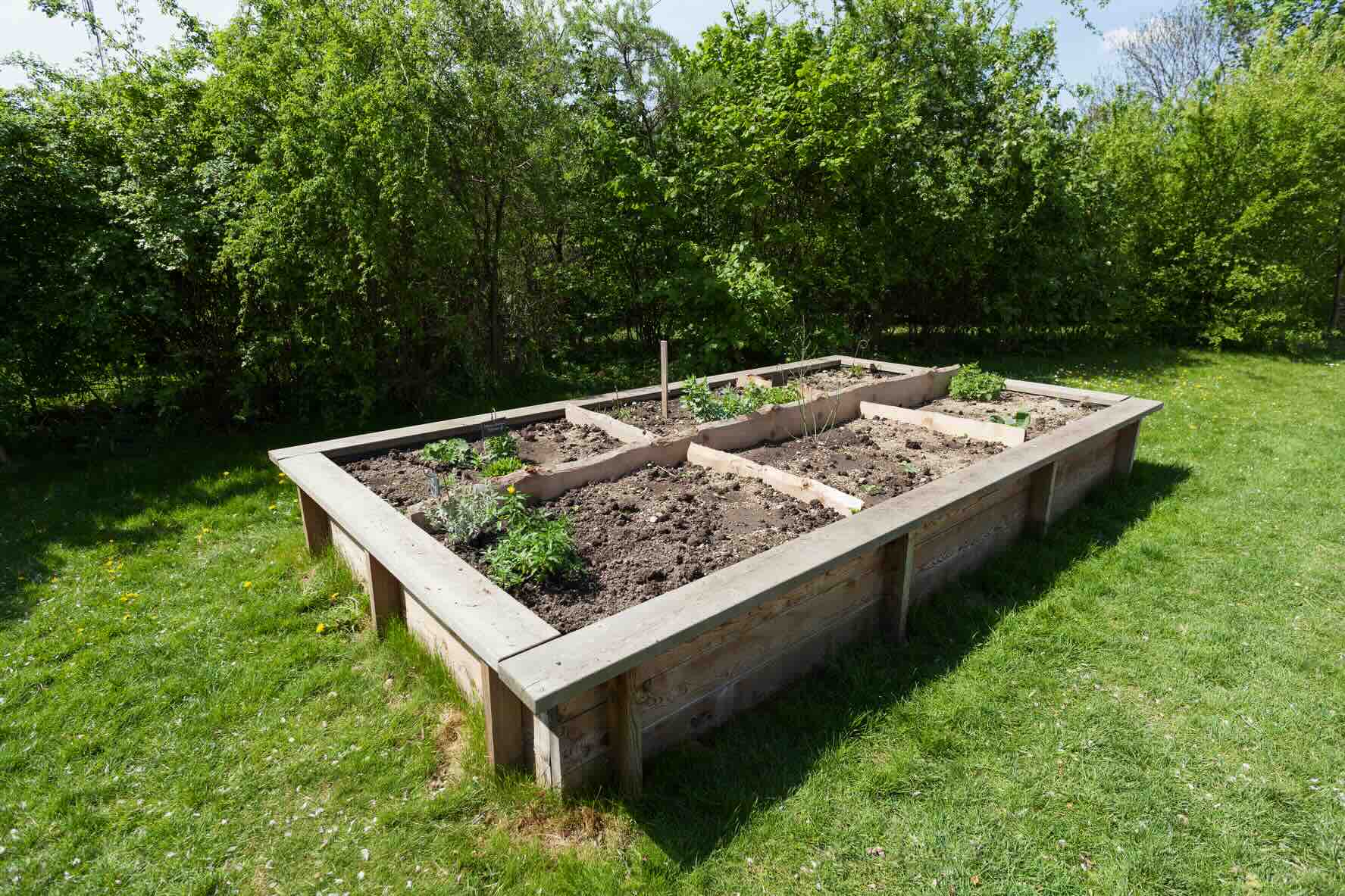
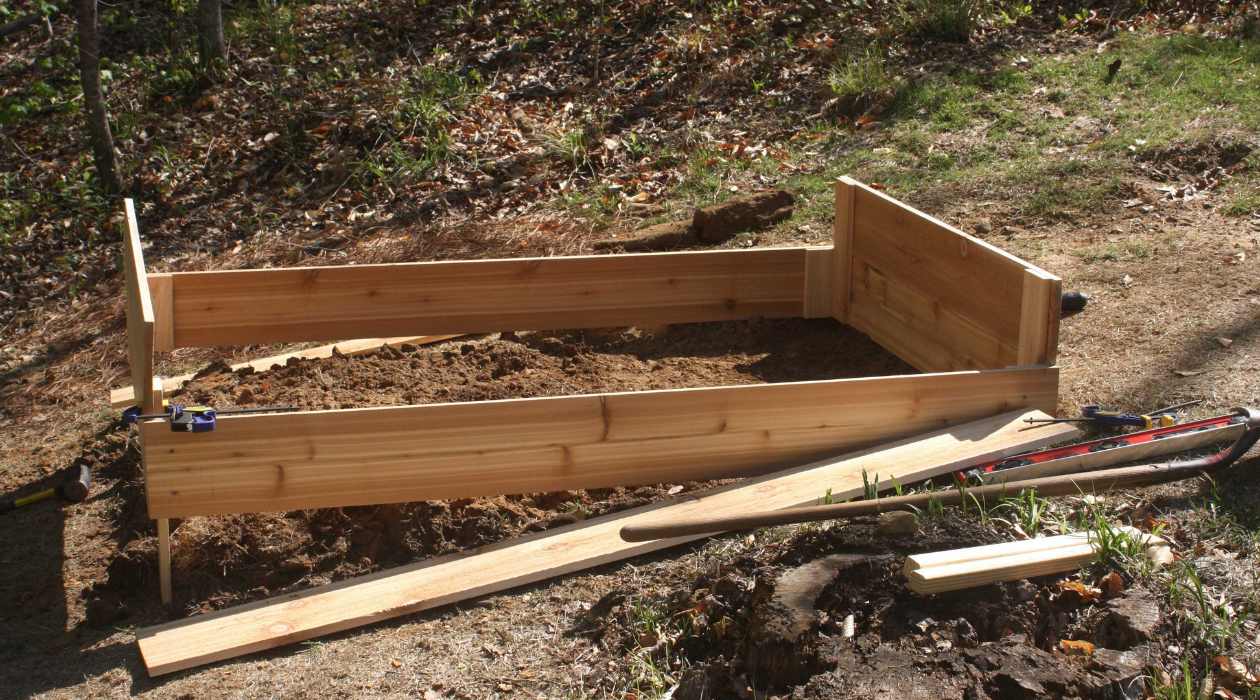
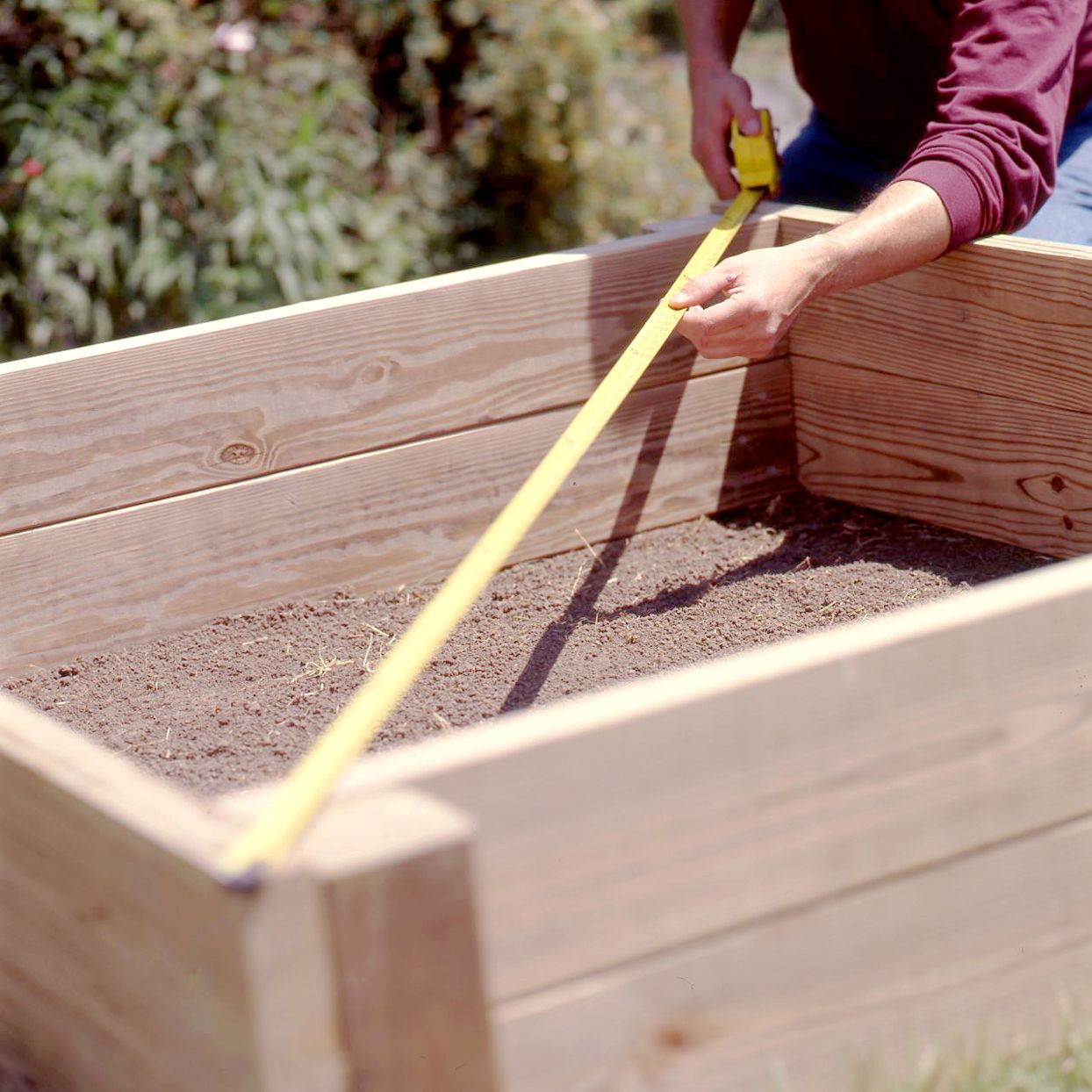
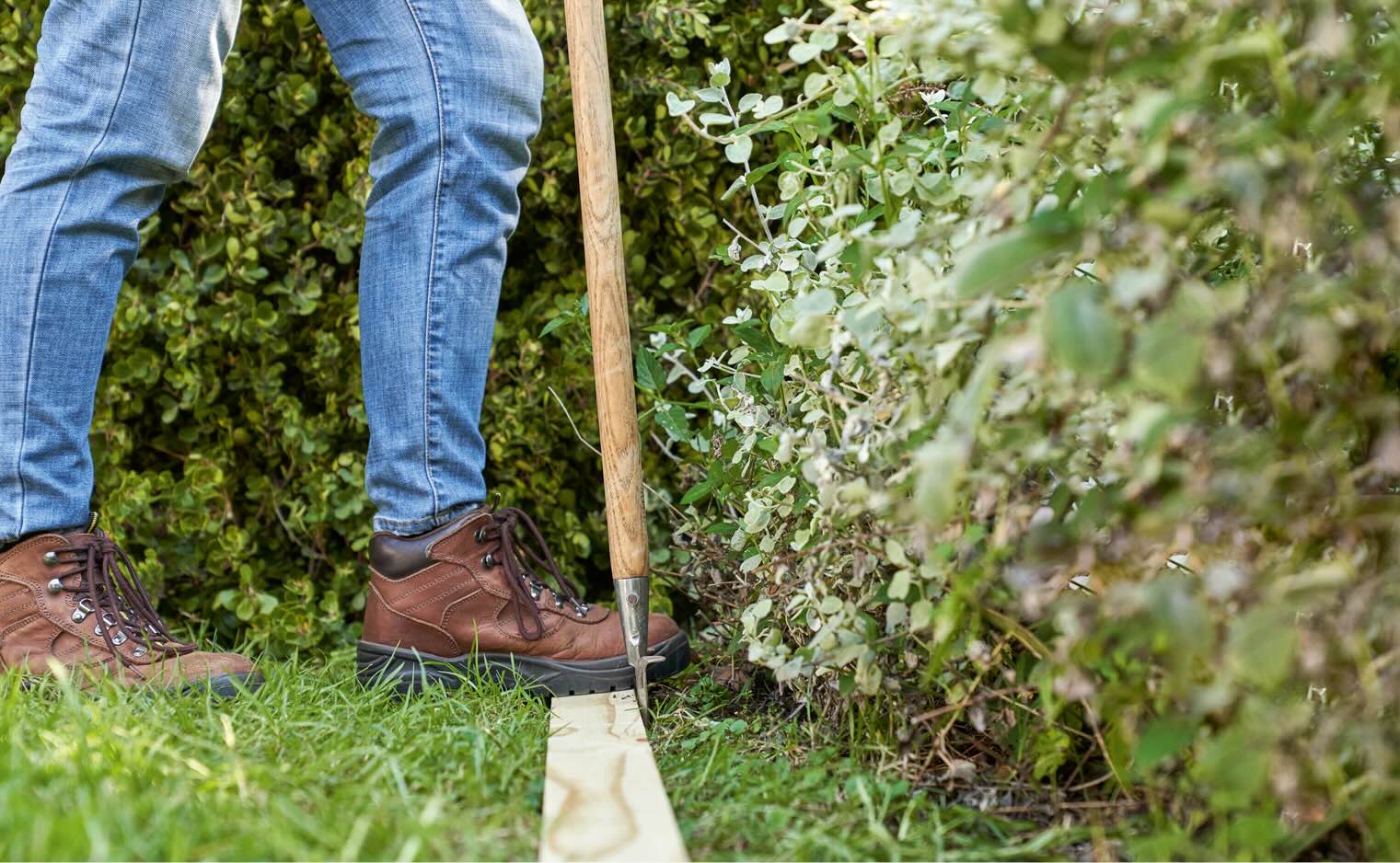
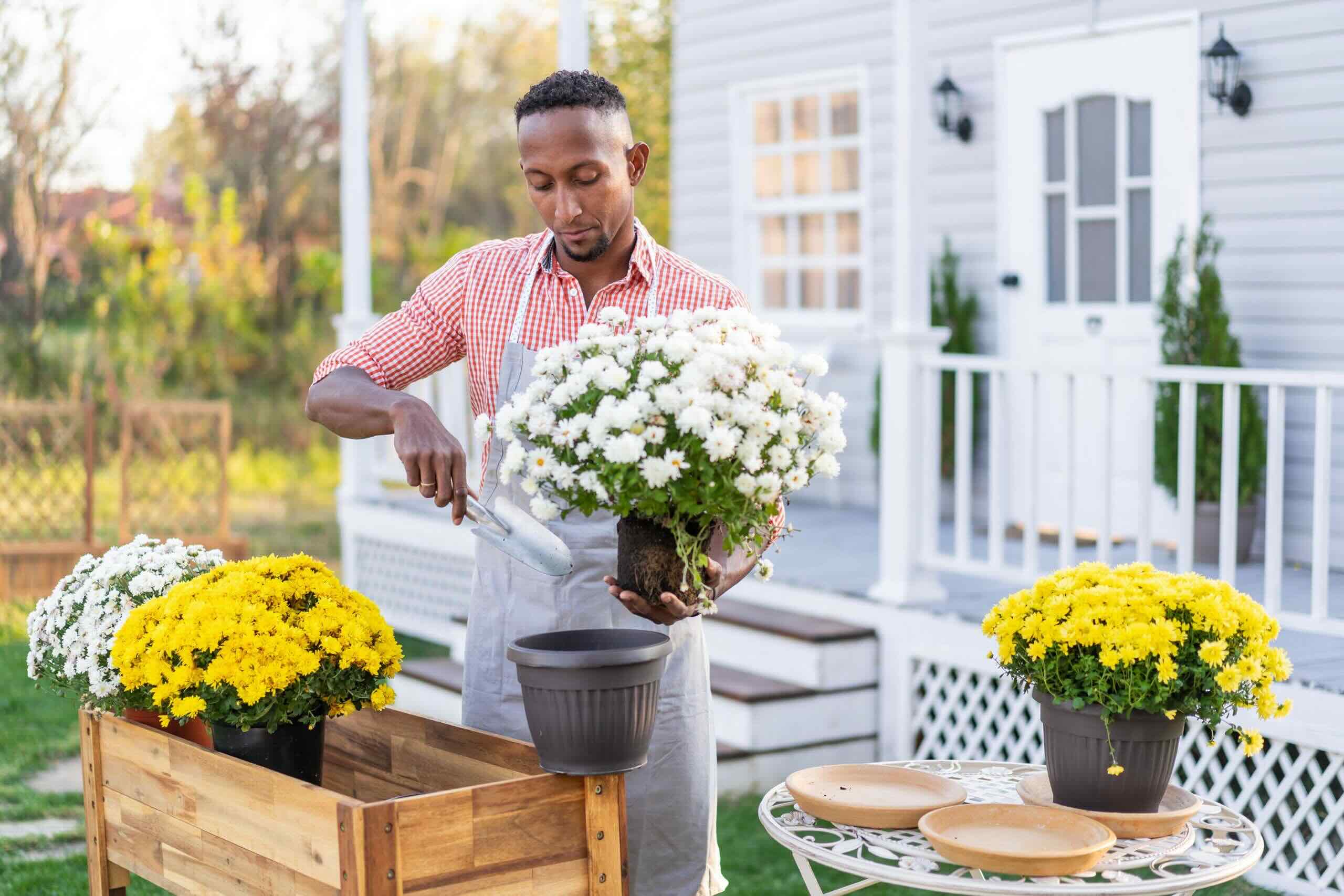
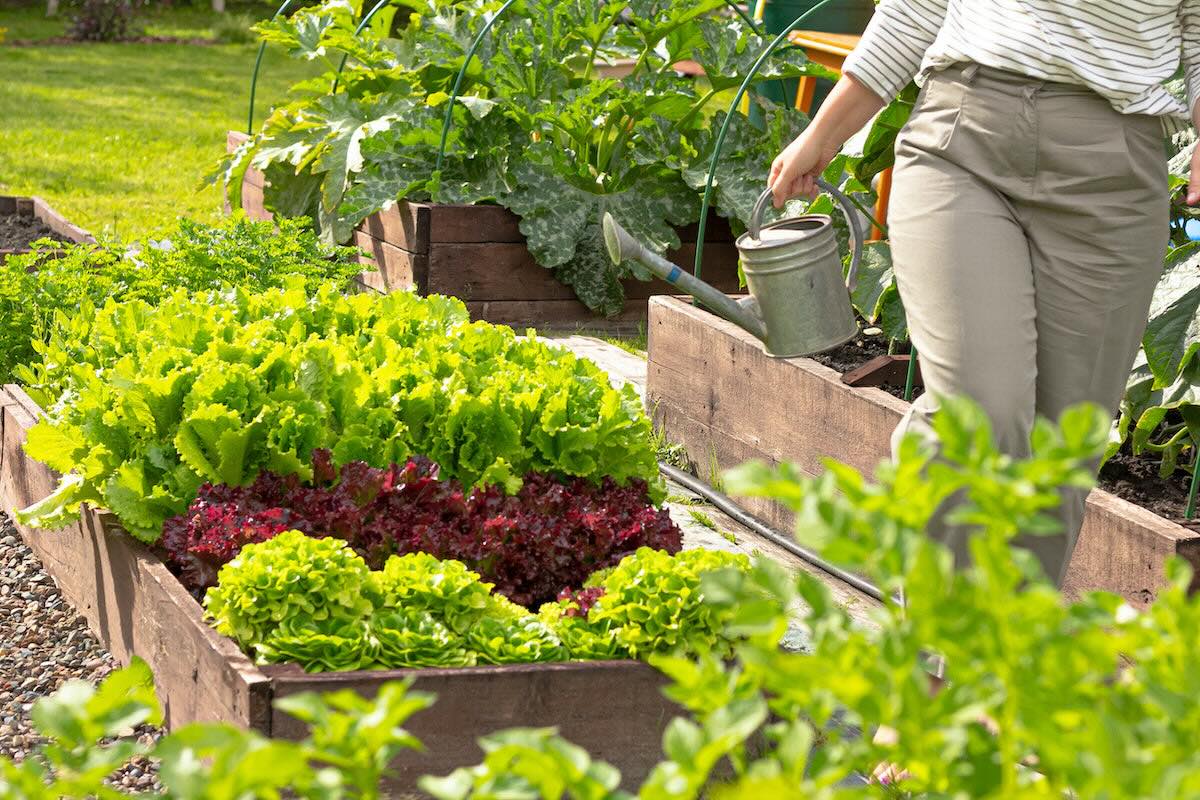
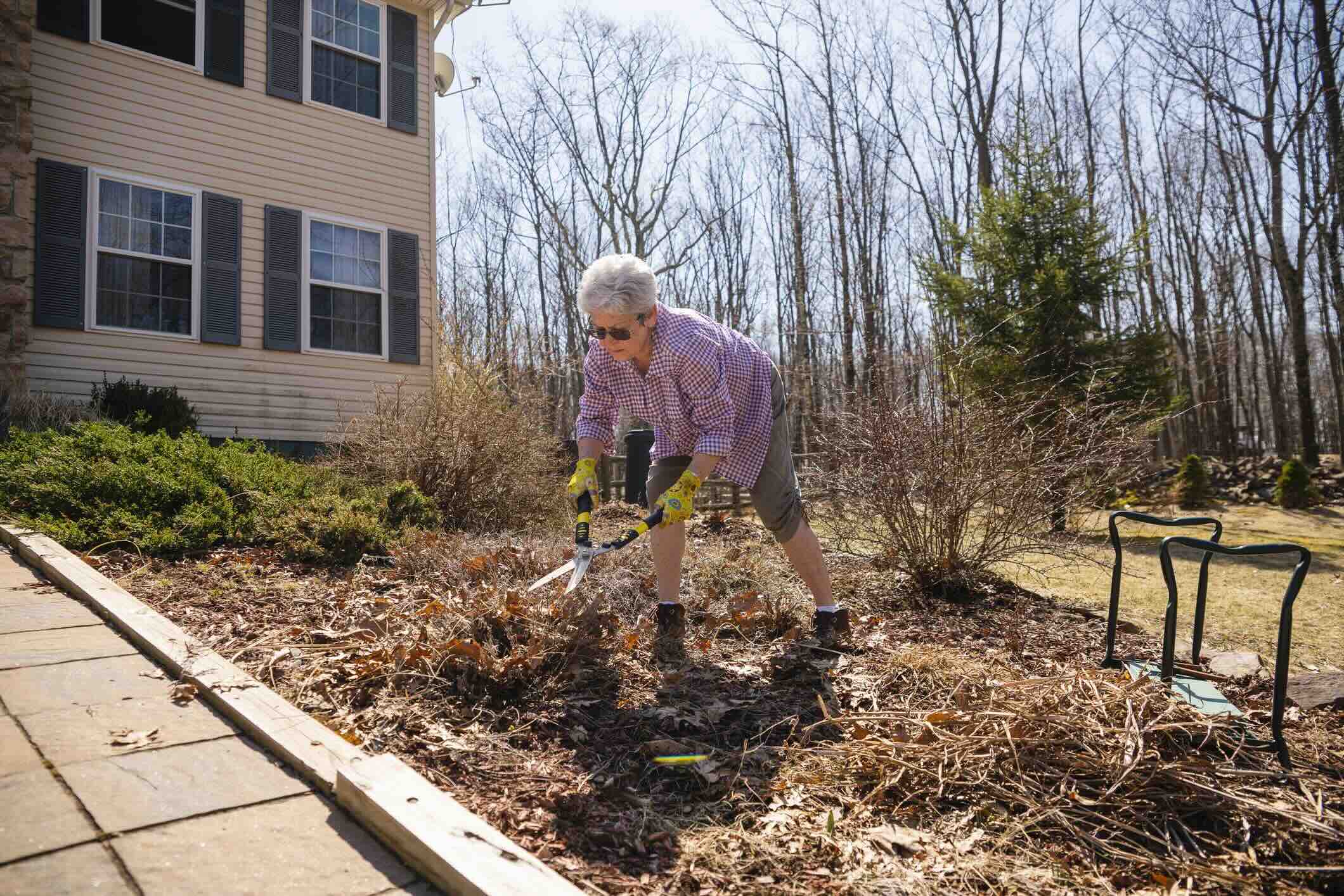
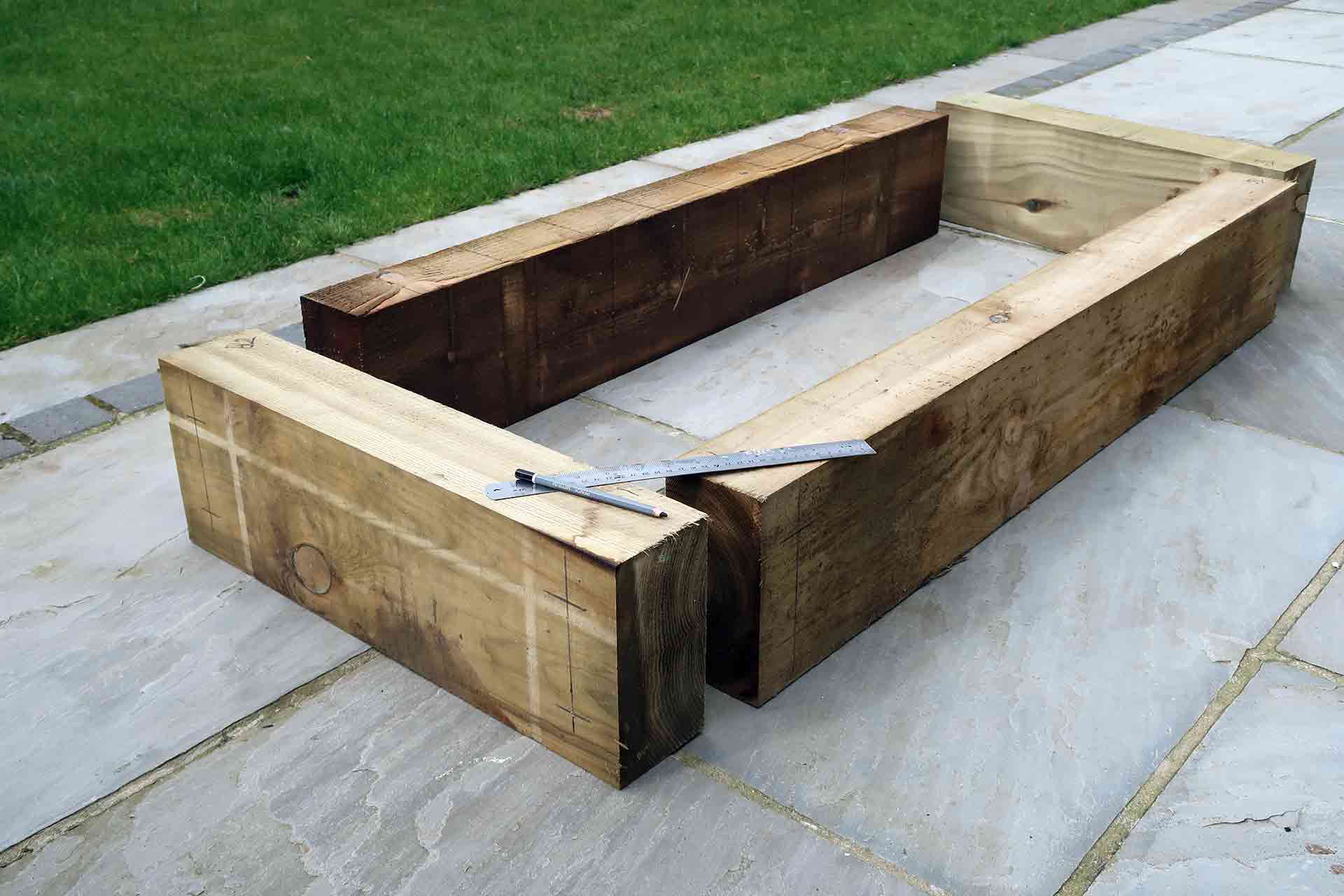

0 thoughts on “How To Design A Garden Bed”